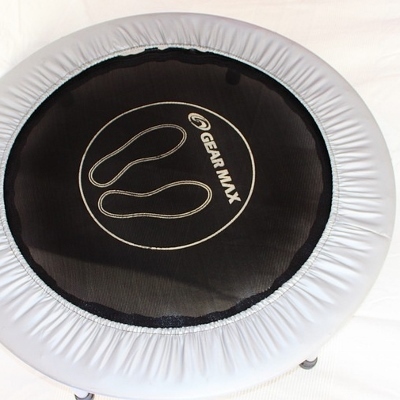 If you watched any part of this year’s Rugby World Cup that concluded in October, you would have noticed that some New Zealand players wore a black band around their chest. Rather than being a form of body armor, these were, of course, heart rate monitors (HRM).
If you watched any part of this year’s Rugby World Cup that concluded in October, you would have noticed that some New Zealand players wore a black band around their chest. Rather than being a form of body armor, these were, of course, heart rate monitors (HRM).
As the name suggests, an HRM monitors your heart rate. Most can be paired with training watches to provide real-time updates on your heart rate during cardiovascular activity. Combined with stored information on your weight, height, age, and gender, an HRM serves to create a more accurate picture of how hard you’re working out, and if you can push yourself further.
Those who exercise for fitness would use the data gathered by an HRM to monitor the intensity of their cardiovascular activity. For example, an HRM would make it easier for a runner to check if she is within 65% of her maximum heart rate rather than by manually checking her pulse. In turn, this enables the runner to track her cardiovascular fitness level and refine her runs to achieve the goals she has set for cardiovascular fitness.
For those who tend to become too immersed in their cardiovascular routine, an HRM prevents them from pushing themselves too hard, i.e., overtraining. Monitoring your heart rate during rest days ensures that the cardiovascular system is given adequate rest, which translates into a lower risk of fatigue or sustaining injuries related to overtraining.
Conversely, you might want to use an HRM if you’re the sort who is prone to not working out hard enough. Rather than hiring a trainer to tell you that you’re running too slowly, the HRM will perform the same function, but without the yelling. In order for HRM use to be effective though, you should first define a threshold heart rate, and the HRM will alert you if your heart rate drops below this during a cardio workout, following which you should increase the intensity of the workout.
Generally, the people who truly need an HRM are those who must maintain a particular heart rate because they have a medical condition that necessitates it, and athletes who want to maximize their training efficacy. For the dedicated exerciser, an HRM is an excellent means of keeping track of one’s fitness progress.





